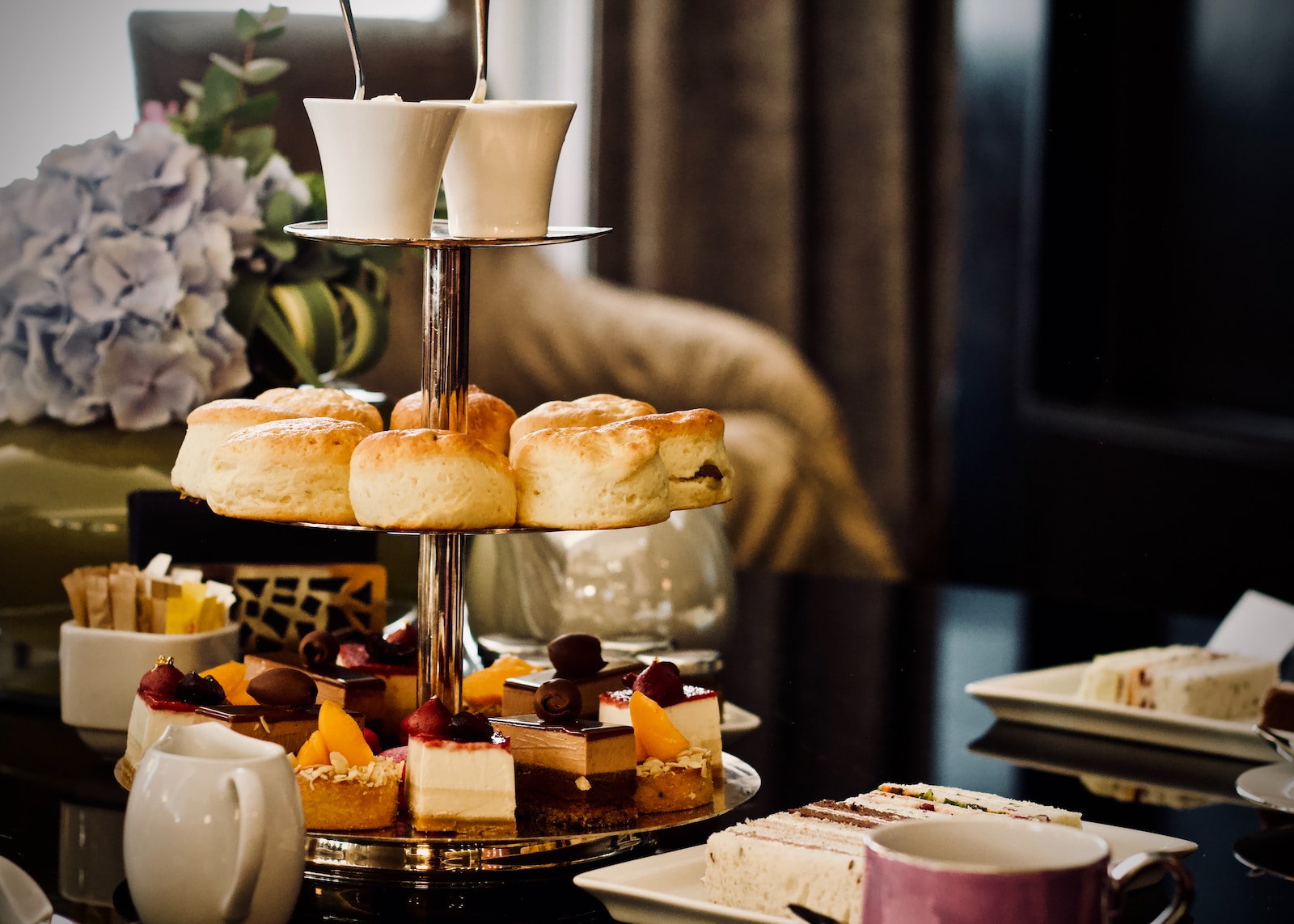Introduction
Every nation has a unique tapestry of traditions and customs – none more so than the United Kingdom. Woven into the very fabric of the country’s identity, these cherished traditions serve as a vibrant reminder of Britain’s enduring heritage. As crucial threads of Britain’s cultural fabric, the significance of celebrating and preserving these traditions for future generations cannot be overstated.
This article will take you on a journey, exploring the rich tapestry of British traditions. From the refined ritual of afternoon tea to the exuberant spectacle of Morris dancing, we will delve into the heart of Britain’s cultural legacy. Our exploration will also extend beyond the well-known, shedding light on regional and unique customs that contribute to the country’s diverse heritage.
So, whether you’re a Brit keen on reconnecting with your roots or a curious reader seeking to understand more about British culture, buckle up and get ready for an engaging journey!
Understanding British Traditions
When we delve into the vibrant tapestry of British traditions, we find a rich history that goes back to ancient times. These traditions, having evolved over the centuries, are often the products of a complex interplay between cultures and historical events. They have acted as the threads that weave together the national identity, instilling a sense of pride and belonging among the British.
- Origins: The roots of these customs trace back to various epochs, including Roman times, the Middle Ages, and even earlier.
- Evolution: British traditions have been moulded by various influences, reflecting the dynamism of the nation’s history.
- Significance: These customs and practices play a crucial role in shaping the British identity and fostering national pride.
In essence, understanding these traditions is akin to peeling back the layers of a historical onion, each layer revealing a new facet of the culture. It truly illustrates the richness of Britain’s cultural heritage.
Popular British Traditions
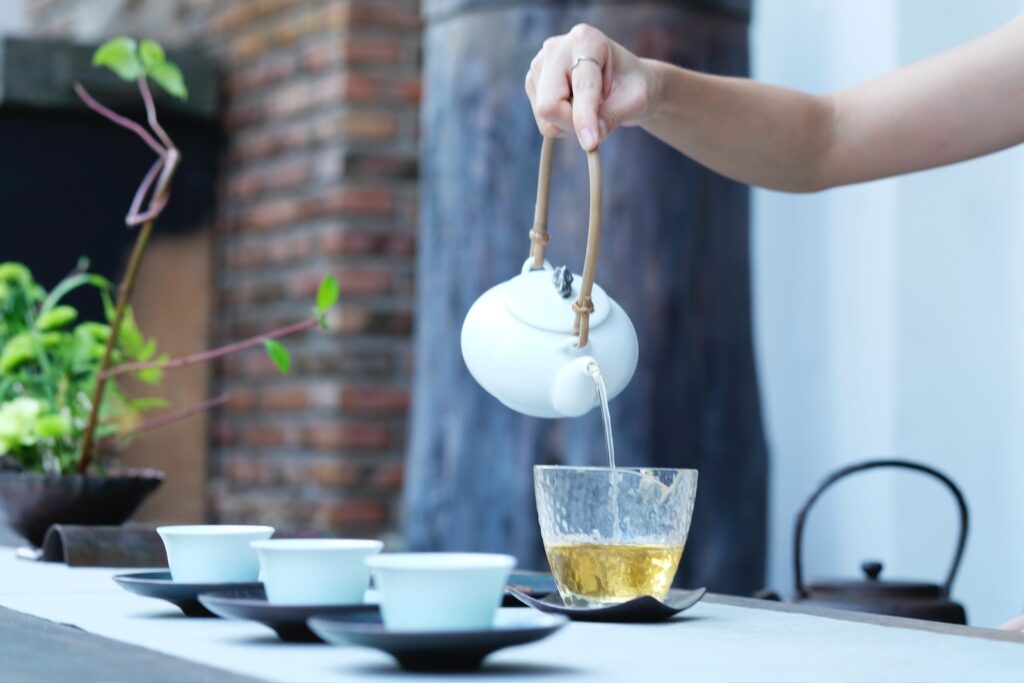
When we delve into British traditions, some beloved customs that come to mind include afternoon tea, Morris dancing, and the explosive Guy Fawkes Night.
- Afternoon Tea: Started in the mid-18th century by Duchess Anna of Bedford, this tradition is a delightful pause in the day to enjoy tea, sandwiches, scones, and dainty desserts. It’s a slice of British elegance savored worldwide.
- Morris Dancing: A traditional British folk dance characterized by rhythmic stepping and choreographed movements using items such as handkerchiefs or sticks. It’s a lively spectacle that’s been a part of the cultural landscape for centuries.
- Guy Fawkes Night: Also known as Bonfire Night, this annual event commemorates the failure of the Gunpowder Plot in 1605 with fireworks and bonfires. It’s a fiery celebration that lights up the November sky.
The symbolism and significance behind each tradition make them more than just customs. They’re threads in the rich tapestry of British life, telling stories of the country’s past and shaping the collective identity.
Regional and Local Traditions
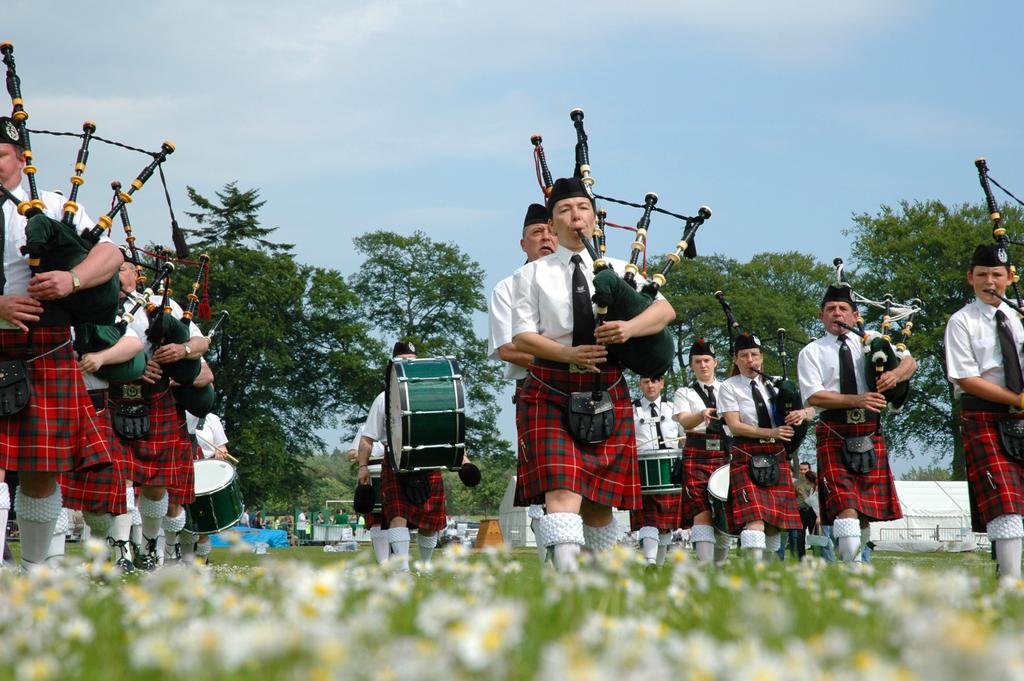
From the highlands of Scotland to the rocky coastline of Cornwall, the United Kingdom is a patchwork of regional and local traditions that paint a colourful picture of Britain’s cultural diversity.
- The Scottish celebration of Hogmanay, marking the end of the year with unparalleled festivity, is a testament to the country’s rich history and resilient spirit.
- Further south, the Cornish tradition of May Day, with its dancing around the maypole and crowning of the May Queen, brings communities together in a joyous celebration of spring’s arrival.
These regional customs, each unique in its own right, play an indispensable role in the vibrant tapestry of British culture. Not only do they contribute to a sense of regional pride, but they also offer intriguing insights into Britain’s past. Therefore, it’s important to celebrate and preserve these local traditions, not just as relics of the past, but as living, breathing aspects of Britain’s cultural heritage.
Cultural Heritage and Tourism
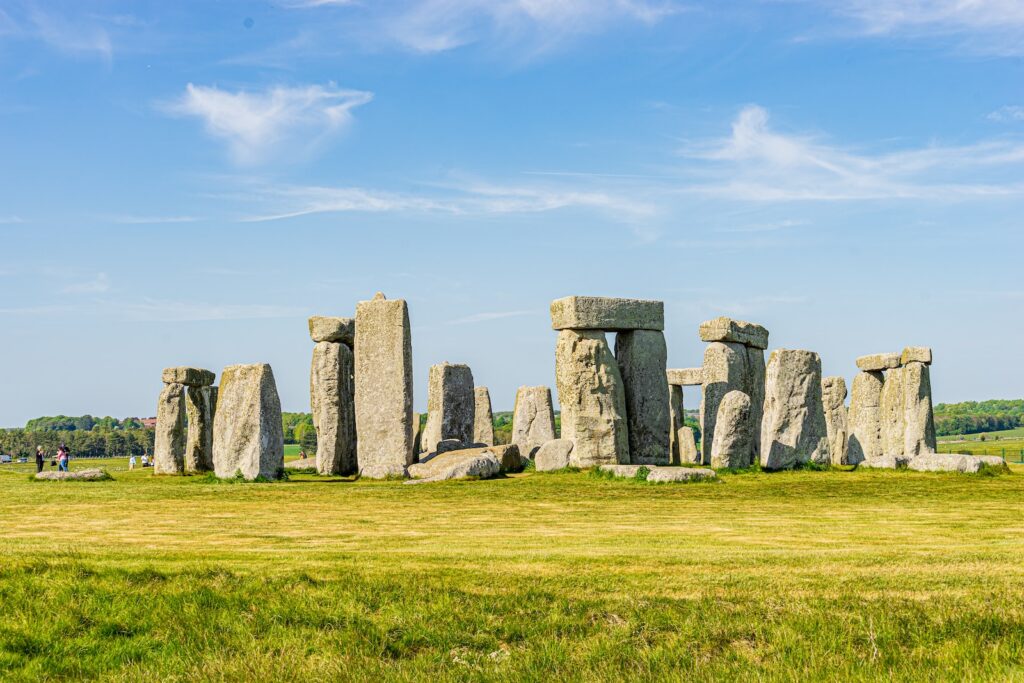
British traditions and customs play a pivotal role in shaping the country’s famed tourism industry. These traditions not only provide a vibrant cultural tapestry but also become unique selling points attracting tourists from all corners of the globe.
Tourist hotspots including the ancient monument Stonehenge and the historical Tower of London offer a glimpse into Britain’s rich heritage. These iconic sites, steeped in stories and history, allow visitors to immerse themselves in British culture.
Preserving and promoting these traditions not only helps in reinforcing cultural identity, but also reaps significant economic benefits. Tourism built around cultural heritage sustains local economies, supporting jobs and businesses.
In essence, the interplay between cultural heritage and tourism is a powerful tool that aids in the celebration and preservation of British traditions, while also driving economic growth.
The Role of Education

When it comes to safeguarding the rich tapestry of British traditions and customs, education plays a crucial role. Schools and universities serve as key platforms for introducing the younger generation to their cultural heritage.
- Firstly, curricula should aim to incorporate lessons on the roots and significance of various British traditions.
- Secondly, cultural festivals and events should be organized to provide students with an experiential understanding of these customs.
Several initiatives, such as the British Heritage Project, are making commendable efforts in this direction, curating programs that weave a fascinating narrative around Britain’s historical and cultural assets.
In essence, it is about not just teaching, but inspiring young minds to take pride in their cultural heritage and become active participants in its preservation.
Celebrating Cultural Heritage in Modern Times
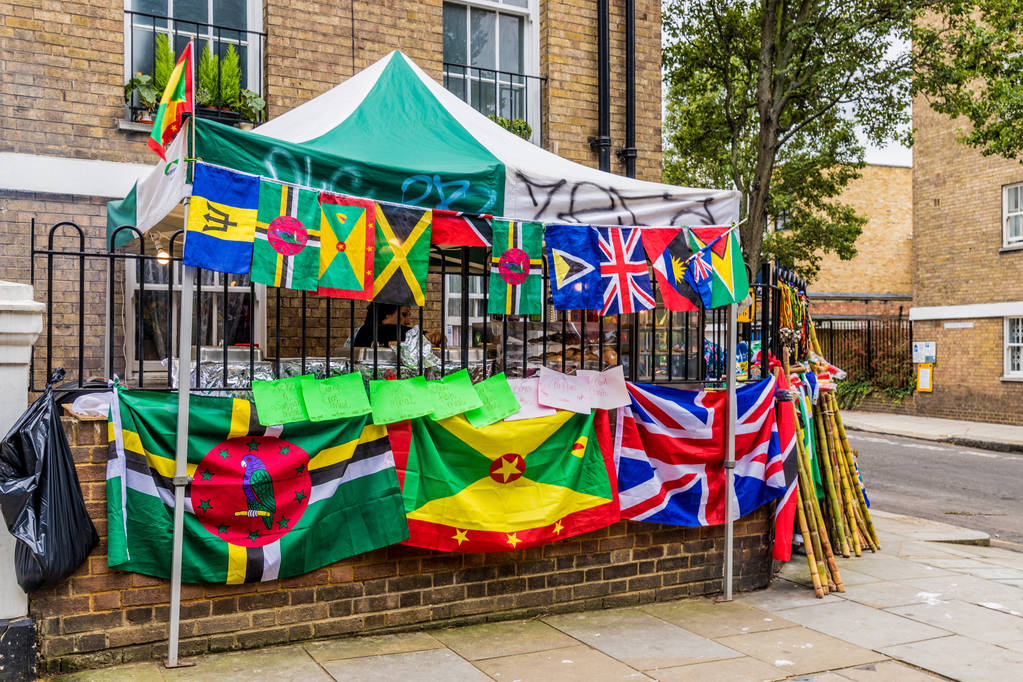
Despite the rapid pace of modern life, British traditions continue to thrive, weaving a vibrant tapestry that brings past and present together. A standout example is the Notting Hill Carnival, a glorious fusion of tradition and modernity that dances to a multicultural rhythm.
This annual event, which started in 1966, has its roots in the Caribbean but has blossomed into a celebration of diverse cultures, all under the umbrella of British society. Not only does this highlight the adaptability of traditions, but it also underscores the country’s rich cultural diversity.
Just as the Notting Hill Carnival evolves, so must our traditions. Adapting them to our modern world keeps them relevant and alive, ensuring they continue to enrich our lives and define our identity as a nation. Thus, it’s crucial for everyone to be involved in preserving and nurturing these traditions.
Embracing Cultural Heritage for the Future
Our cultural tapestry is not confined to the past; it’s an evolving narrative that we’re all part of. Embracing and celebrating British traditions is instrumental in safeguarding the vibrancy of our cultural heritage for future generations.
- Participate in and support local traditions and events in your community. It’s a fun and immersive way to keep these customs alive.
- We each play a pivotal role in preserving these traditions. It’s up to every individual, every family, and every community to pass them on to our descendants. This ensures they will continue to enrich our collective cultural identity.
By actively celebrating these traditions, we demonstrate our commitment to our heritage. We also give future generations a chance to understand and appreciate the rich tapestry that has defined Britain for centuries. Let’s all become custodians of these precious cultural artifacts, weaving our own threads into the fabric of our national story.
Conclusion
As we wrap up this exploration of British traditions and customs, let us take a moment to appreciate their profound significance in preserving the country’s rich cultural heritage. Regardless of our nationalities, embracing and celebrating our unique cultural heritages adds vibrancy to our lives and strengthens our global ties.
Remember, each one of us plays a vital role in keeping these traditions alive for future generations. Whether it’s participating in local festivities, or supporting initiatives that conserve these customs, our actions today will pave the way for a culturally diverse and inclusive future.
Ultimately, these traditions are not just about the past, they are equally about the future. They are a reminder that our cultural diversity is a strength, not a threat, and it’s this very diversity that makes the world such an interesting place to live. As the British proverb goes, “Variety is the spice of life”.

